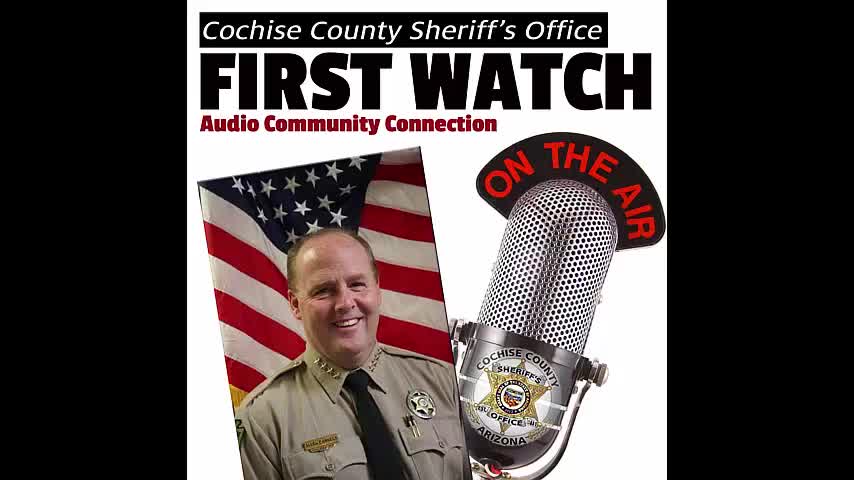Cochise County expands emergency coverage with four GMRS repeaters
October 17, 2025 | Cochise County, Arizona
This article was created by AI summarizing key points discussed. AI makes mistakes, so for full details and context, please refer to the video of the full meeting. Please report any errors so we can fix them. Report an error »

Dan Long, a member of the Cochise County Sheriff Assist Team, described a local effort to extend General Mobile Radio Service (GMRS) coverage with four repeaters hosted by community organizations, saying the network provides an alternate communications path when cell and internet service are unavailable.
"With a, basically a low power walkie talkie type radio, you can extend that coverage to easily 80 or 90 miles," Long said, explaining how repeaters increase range. He identified the existing repeaters as hosted in Sierra Vista at Village Meadows Baptist Church, at Benson Hospital, and in the SunSites/Wilcox area hosted by SunSites Fire; a fourth repeater planned for the Portal community will be hosted by the Portal Fire Department but had not yet been installed at the time of the broadcast.
Long said GMRS is licensed by the Federal Communications Commission and that a user license costs $35 for a 10‑year term; unlike amateur (ham) radio, the GMRS license covers an entire household and does not require a written exam. He said the county now has four repeaters that multiply the effective range of low‑power radios and that groups use GMRS during fires, evacuations and other events when standard communications become unreliable.
The local GMRS community maintains a website with details on licensing and equipment and a separate Tucson‑area group provides regional support. Long said the repeater network has been funded so far by local users but that larger, ongoing maintenance and equipment costs make donations helpful. "This radio equipment is very expensive and expensive to maintain and donations are always welcome," he said.
Long recommended the county's GMRS website for people who want to learn more, and outlined practical uses including family communication in low‑coverage backcountry areas and event coordination. He also emphasized that hosting repeaters requires reliable power and tower space, which is why local institutions are acting as hosts.
The broadcast included no formal county action authorizing funding; Long described the project as a volunteer and community‑supported effort.
"With a, basically a low power walkie talkie type radio, you can extend that coverage to easily 80 or 90 miles," Long said, explaining how repeaters increase range. He identified the existing repeaters as hosted in Sierra Vista at Village Meadows Baptist Church, at Benson Hospital, and in the SunSites/Wilcox area hosted by SunSites Fire; a fourth repeater planned for the Portal community will be hosted by the Portal Fire Department but had not yet been installed at the time of the broadcast.
Long said GMRS is licensed by the Federal Communications Commission and that a user license costs $35 for a 10‑year term; unlike amateur (ham) radio, the GMRS license covers an entire household and does not require a written exam. He said the county now has four repeaters that multiply the effective range of low‑power radios and that groups use GMRS during fires, evacuations and other events when standard communications become unreliable.
The local GMRS community maintains a website with details on licensing and equipment and a separate Tucson‑area group provides regional support. Long said the repeater network has been funded so far by local users but that larger, ongoing maintenance and equipment costs make donations helpful. "This radio equipment is very expensive and expensive to maintain and donations are always welcome," he said.
Long recommended the county's GMRS website for people who want to learn more, and outlined practical uses including family communication in low‑coverage backcountry areas and event coordination. He also emphasized that hosting repeaters requires reliable power and tower space, which is why local institutions are acting as hosts.
The broadcast included no formal county action authorizing funding; Long described the project as a volunteer and community‑supported effort.
View full meeting
This article is based on a recent meeting—watch the full video and explore the complete transcript for deeper insights into the discussion.
View full meeting
